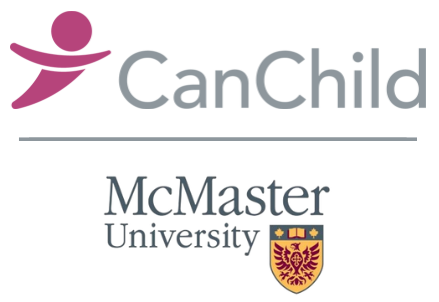About a Lifecourse Approach
For children and youth with chronic disabilities, the impact of their disabilities is lifelong (Stewart et al., 2001;"Best Journey to Adult Life: for Youth with Disabilities"). A lifecourse approach examines the individual within their environments across time (Irwin, 2001). For those with disabilities, the environments can include social contexts (societal attitudes/the willingness for people with disabilities to participate in meaningful activities), physical contexts (accessibility), and legislative contexts. Not only does the environment influence the person, but the person also influences their environment; therefore, it is important to recognize the transactional nature of the interaction, and not focus on the person with a disability alone.
A lifecourse approach views an individual's life as a journey with many different phases and transitions (Stewart et al., 2009). It allows for the examination of common experiences and characteristics of any transition. For example, the concept of 'interdependence' is emerging as a common experience for all young persons, with or without disabilities, during life transitions (Stewart et al., 2009). Interdependence is a term that focuses on a person's capacities and relationships. For example, when an individual requires assistance with dressing, an interdependent approach focuses on the ability of the individual to self-direct the tasks they require assistance with. Unlike traditional notions of independence, where any assistance is seen as a deficit, interdependence recognizes that assistance with certain tasks is necessary for complete autonomy.
A lifecourse approach allows for the exploration of new concepts and for the development of a body of evidence to provide individuals, their families and communities with guidelines for building future capacity to eliminate many of the barriers facing people with disabilities today.
